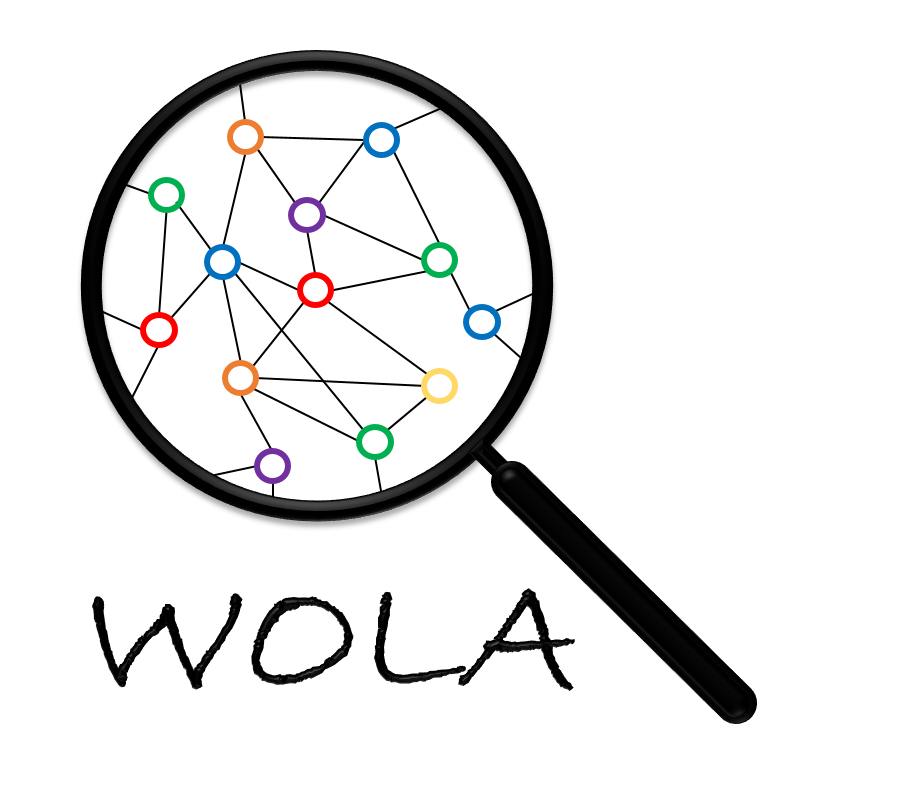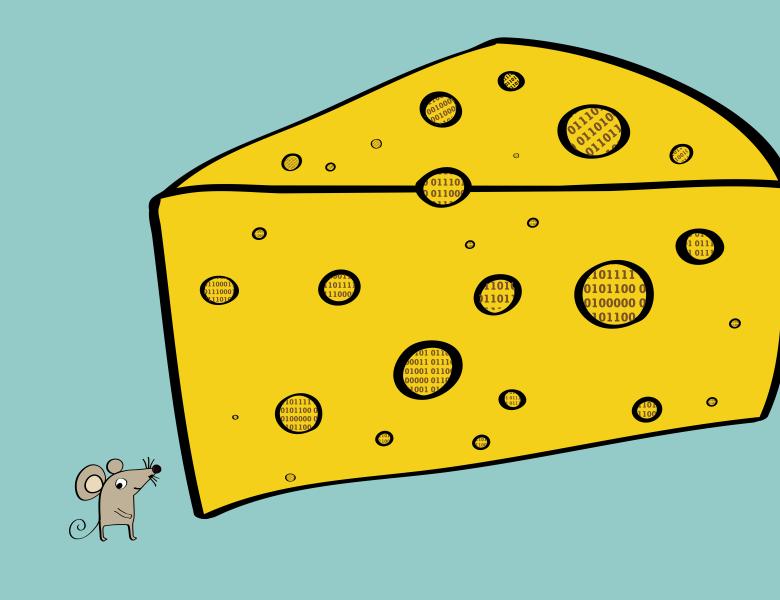Apologies for the delay in publishing this digest. May has seen a lot of activity in property testing, with quite a lot from the quantum side: 8 papers in total!
Improved Sample Upper and Lower Bounds for Trace Estimation of Quantum State Powers (arXiv) by Kean Chen and Qisheng Wang. Say you have access to copies of a quantum state \(\rho\) (lucky you!) and want to estimate some property of \(\rho\): specifically, you’d like an additive estimate of \(\mathrm{Tr} \rho^q\), for some \(q> 1\) of you choosing. (This quantity, for various \(q\), has connections to Rényi and Tsallis entropies). How many copies of the state do you need? The authors significantly strengthen previous bounds on the sample complexity of the task, providing a tight answer for \(q > 2\), and improved results for \(1< q < 2\). Besides their results, they also provide a list of future directions.
On estimating the quantum \(\ell_\alpha\) distance (arXiv), by Yupan Liu and Qisheng Wang. Now you’re given access to two quantum state \(\rho_0,\rho_1\), and you want to estimate their \(\alpha\)-Schatten distance, for a fixed \(\alpha>1\) — the “quantum analogue” of estimating the \(\ell_\alpha\) distance between two (classical) discrete probability distributions. The authors provide computationally efficient algorithms with constant sample complexity (for constant additive error), and characterize the computational complexity of the task as a function of \(\alpha\) (as \(\alpha \to 1\)).
Quantum Hamiltonian Certification (arXiv), by Minbo Gao, Zhengfeng Ji, Qisheng Wang, Wenjun Yu, and Qi Zhao. Now, you are given access to the time evolution operator \(e^{-i Ht}\), for an unknown Hamiltonian \(H\) over \(n\) qubits. Can you efficiently test (certify) whether \(H\) is close to (or far from) a reference Hamiltonian \(H_0\)? The paper considers this tolerant Hamiltonian task with respect to the (normalized) Frobenius distance, and provides tight bounds on the evolution time (the measure of “sample complexity” in this time-evolution setting). The authors also discuss consequences of their results for other norms, and also give an ancillary-free algorithm for the tolerant testing task.
Hamiltonian Locality Testing via Trotterized Postselection (arXiv), by John Kallaugher and Daniel Liang. When it Hamiltonian-rains, it Hamiltonian-pours! This papers considers another tolerant testing task on Hamiltonians, where instead of certifying whether \(H\) is close to a reference \(H_0\), the goal is to tolerantly test whether it is close to being “local” (vs. far from any local Hamiltonian), where a Hamiltonian is “local” if it can be decomposed as the sum of small-weight Pauli operators. The authors provide significantly improved upper bounds on the time evolution needed for this task, as well as a tight lower (and upper) bound for algorithms alllowed reverse time evolution.
And for the last quantum paper of the month (that we could find), quantum tomography:
Sample-optimal learning of quantum states using gentle measurements (arXiv), by Cristina Butucea, Jan Johannes, and Henning Stein. A gentle measurement, as formalized by Aaronson and Rothblum, is a measurement which only “mildly” collapses the quantum state. In their paper, Aaronson and Rothblum established two-way connections between gentle measurements and differential privacy. In this work, the authors study quantum tomography with gentle measurements, and provide what looks like a connection to local differential privacy, along with a new information theoretical tool, a quantum strong data processing inequality (SDPI) for gentle measurements.
And with this perfect segue, we now switch from quantum to local differential privacy:
Locally Differentially Private Two-Sample Testing (arXiv), by Alexander Kent, Thomas B. Berrett, and Yi Yu. This paper considers the question of two-sample testing (maybe more familiar to our reader under the name closeness testing) under local differential privacy, both for discrete and smooth continuous distributions. While some previous results on identity testing under LDP carry over to closeness testing, this work extends it to the smooth continuous case, and, focusing on practicality of the algorithms, focuses on a class of testers, the permutation tests.
… and to Boolean functions!
Testing Juntas Optimally with Samples (arXiv), by Lorenzo Beretta, Nathaniel Harms, and Caleb Koch. It is a truth universally acknowledged, that a single month in possession of a good number of property testing results, must be in want of a junta testing paper. And lo and behold: junta testing, indeed! The contributions of this paper are two-fold: first, the authors provide a tight query complexity bound for junta testing the distribution-free setting (the testing analogue of the PAC learning setting, where distance is measured with respect to an arbitrary, unknown, ambient distribution). Second, they give a lower bound showing that for tolerant junta testing in the distribution-free setting, one may as well learn the whole thing: testing is as hard as learning.
And to conclude… anti-concentration inequalities, and applications.
Algebraic aspects of the polynomial Littlewood-Offord problem (arXiv), by Zhihan Jin, Matthew Kwan, Lisa Sauermann, and Yiting Wang. While this paper is concerned primarily with the (polynomial) Littlewood–Offord problem, and how to improve a recent theorem of Meka, Nguyen and Vu under additional structural assumptions, the authors remark that some of the lemmas they establish along the way have direct implications for property testing of matrices and tensors. This is discussed in Section 1.1.4 of the paper.

